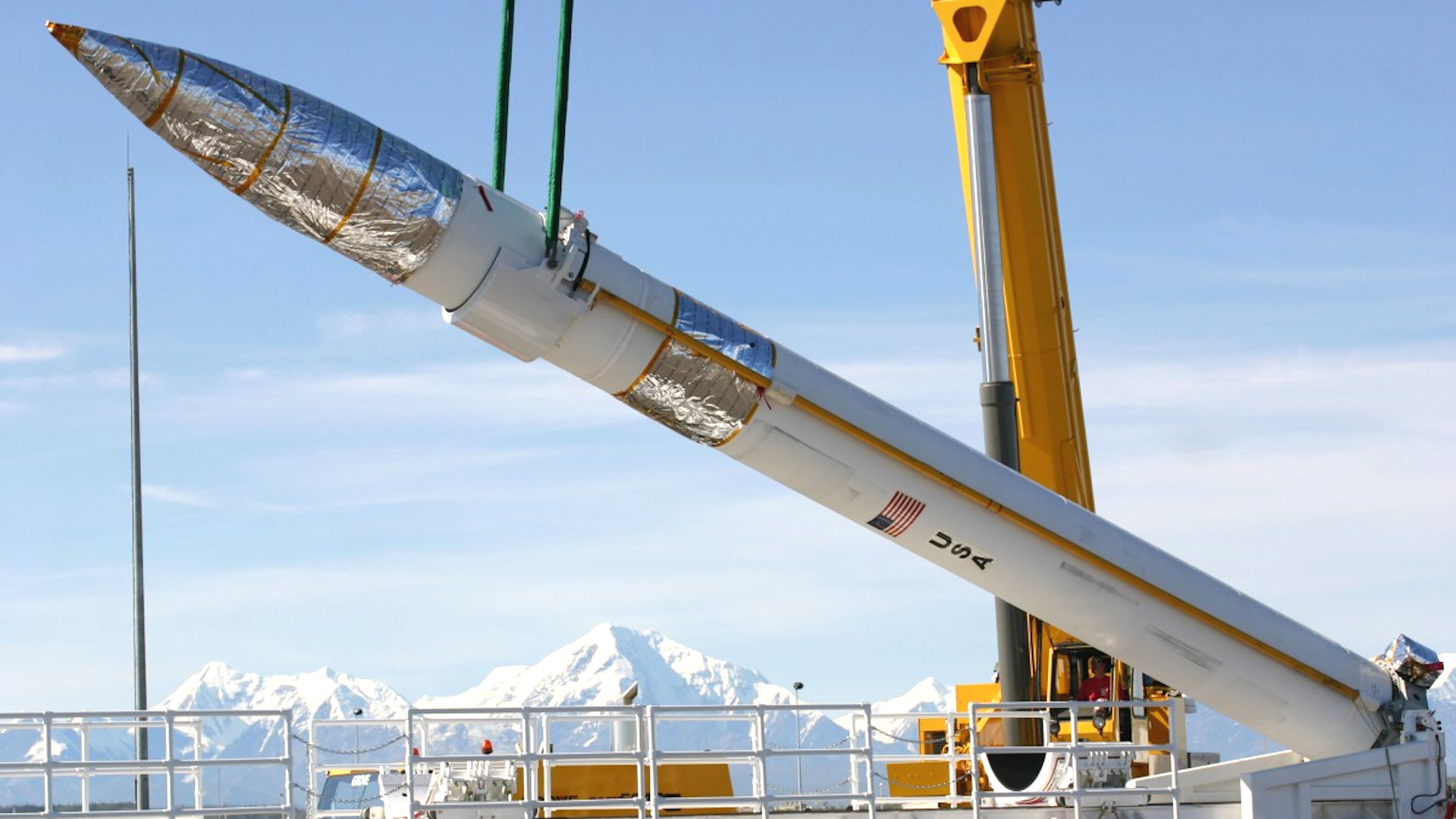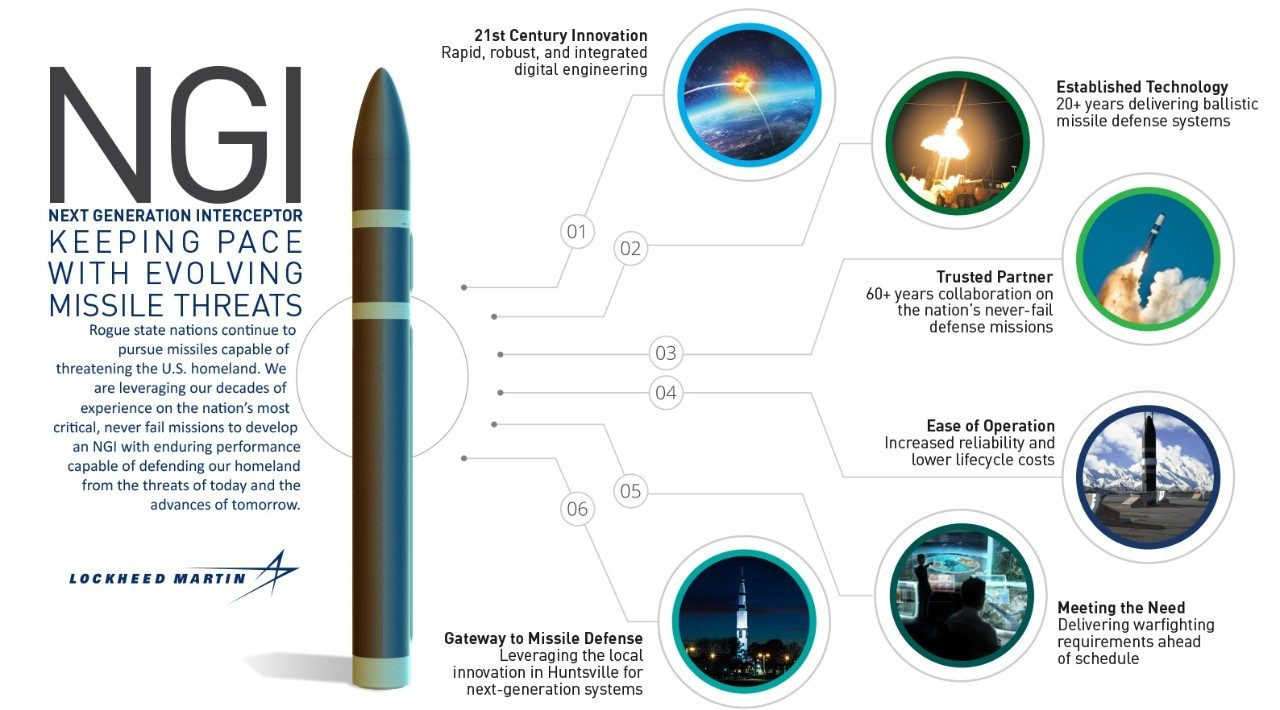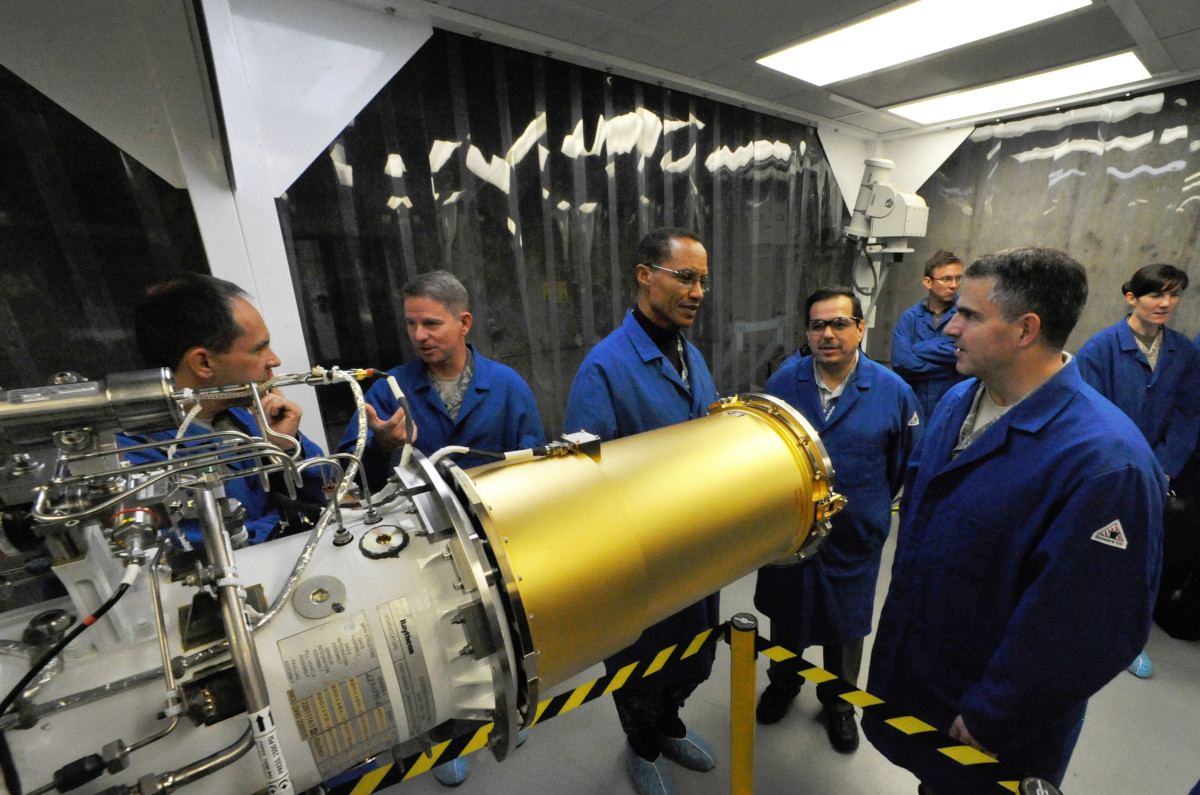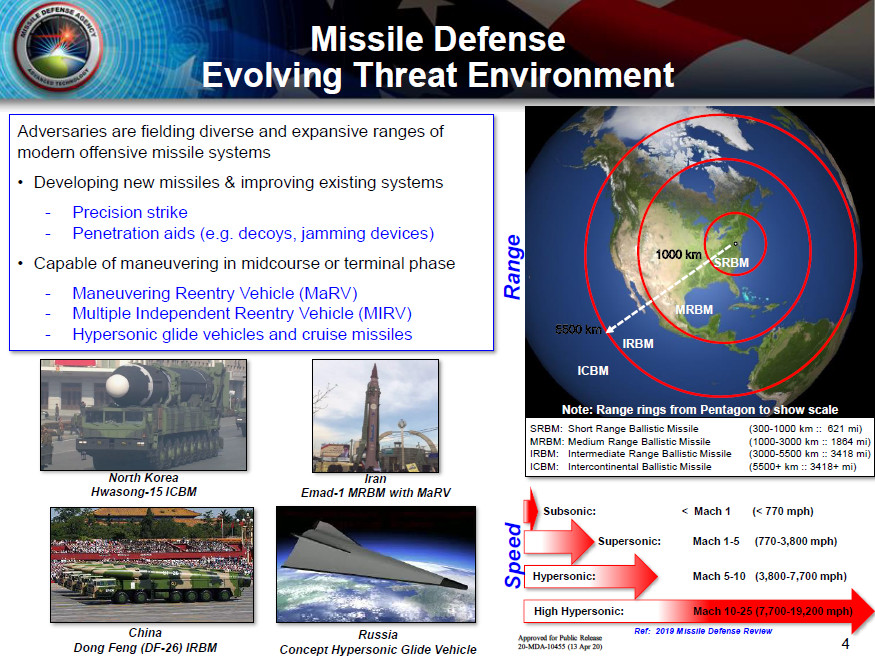The Pentagon’s Cost Assessment and Program Evaluation office, or CAPE, has estimated that it will cost $17.7 billion to develop, field, and sustain the Next Generation Interceptor, or NGI. This includes billions to build just 21 NGIs, which will each have a price tag of at least $74 million, and maybe more, depending on the exact breakdown of the program’s funding. This weapon is set to replace the existing Ground-Based Interceptor, or GBI, within the U.S. military’s Ground-based Midcourse Defense missile defense system, or GMD. This system is meant to help protect the United States against limited intercontinental ballistic missile strikes, especially those that could originate from “rogue nations,” such as North Korea or Iran. However, the size and scope of the NGI effort raise questions about whether it, even in the context of the broader U.S. missile defense architecture, makes strategic sense.
Bloomberg
was the first to report on the CAPE cost estimate for the NGI program. The Missile Defense Agency MDA awarded development contracts to Lockheed Martin and Northrop Grumman, which are working on their designs together with Raytheon and Aerojet Rocketdyne, respectively, in March. Those deals have a combined value of up to $1.6 billion through the 2022 Fiscal Year. A third proposal from Boeing and General Atomics was not selected.

Bloomberg reported that the CAPE review said that the total combined cost of these development phase contracts could rise to $13.1 billion through 2026, when a “critical design review” could lead MDA to downselect to a single winning design. The NGI program would then move on to a production phase that could see the selected contractor building up to 31 interceptors, 10 of which would be set aside for tests, with the remaining 21 hopefully starting to be deployed operationally by 2028. NGI’s production phase could cost around $2.3 billion, according to CAPE, with a long-term support deal for the interceptors adding another $2.3 billion to the overall program total.
$13.1 billion is already greater than MDA’s own initial cost estimate for the NGI program, which was $11.3 billion, according to a report that the Government Accountability Office (GAO), a Congressional watchdog, released this week. That report also said that the plan was to build eight interceptors for testing, not 10, and that one of the 21 “tactical NGIs” would also be made available for tests.
The report from Bloomberg said that the unit cost of each interceptor would be a whopping $498 million. It’s not clear how this figure was arrived at, but it would appear to factor in at least some of the development phase costs along with the estimated funding for the production phase. Simply dividing CAPE’s estimate for the cost of the production phase across 31 interceptors yields an approximate unit cost of just over $74 million. This is still extremely high for an individual missile, but it would be in line with the unit cost of the existing GBI, which, as of 2018, was pegged at around $75 million.
However, it’s not clear if the 10 planned test interceptors are included in the production portion of the program plan. If the $2.3 billion figure only applies to the 21 interceptors intended to be deployed operationally, then the approximate unit cost would rise to nearly $110 million apiece.
Regardless, these are the most detailed cost figures we have for the NGI program to date. In 2019, MDA announced it would pursue this new interceptor rather than an upgrade of the existing GBIs, as it had planned.

As it stands now, there are 44 GBIs deployed across two sites, one at the U.S. Army’s Fort Greely in Alaska and another at the U.S. Air Force’s Vandenberg Air Force Base in California. These are just a part of the entire GMD system architecture, which ties into a network of ground-, sea-, and space-based sensors and command and control systems.
Each GBI carries a single Exoatmospheric Kill Vehicle (EKV), a “hit-to-kill” kinetic weapon that is designed to destroy its target by smashing into it. As the GMD system’s name implies, the interceptor is intended to be fired at incoming ballistic missiles during the midcourse portion of their flight. This is a complex proposition, to begin with, given that it involves spotting, tracking, targeting, and then attempting to intercept those threats after they “go cold” in the vacuum of space, as you can read about more here.

The EKV has an, at best, spotty track record in tests, with MDA’s current concept of operation being to fire at least two GBIs at any single incoming threat to increase the probability of a kill. In 2018, Boeing, the existing GMD prime contractor, leading a team that also included Raytheon and Northrop Grumman, won a $6.6 billion contract to develop an improved Redesigned Kill Vehicle (RKV), as well as build more GBIs and an additional launch silo. The year before, President Donald Trump’s administration had proposed increasing the total number of GBIs from 44 to 64.
MDA canceled the RKV program in 2019 amid cost growth and delays due to technical difficulties encountered in its development, and after having already spent $1.2 billion, shifting focus to the NGI effort. The plan to add additional GBIs also appears to have been shelved.
A key question, of course, is whether NGI will be able to actually demonstrate an improved capability over the existing GBI. GAO’s recent report on missile defense programs says that the first two tests of this interceptor against actual mock targets aren’t even expected to occur until the 2027 Fiscal Year. Those tests “if successful, would allow NGI production to start,” that annual review added.
Many modern intercontinental ballistic missile (IBCM) threats already incorporate decoys and other types of countermeasures and continued work on missile defense programs, such as NGI, can only incentive the development of even more advanced technologies to defeat them. Beyond that, a force of only 21 interceptors, even fielded alongside at least some of the existing GBIs, is, at best, a low-density asset able to respond most effectively to relatively low-volume ICBM attacks. That, in turn, could push potential adversaries, even smaller ones, such as North Korea, to simply build more missiles to overwhelm the system.

MDA itself seems fully cognizant of this reality. It has described NGI as just one component of a new future layered missile defense apparatus for the U.S. homeland that also incorporates an upgraded variant of the SM-3 Block IIA interceptor, one of the weapons at the core of the Aegis Ballistic Missile Defense (BMD) system deployed via U.S. Navy Arleigh Burke Class destroyers and ground-based Aegis Ashore sites, as well as an expanded capability variant or derivative of the U.S. Army’s Terminal High Altitude Area Defense (THAAD) system, among others. There are also plans to add a vast array of other new missile defense capabilities in the coming years, including new concepts for engaging hostile missiles while they are vulnerable in the initial boost phase of their flight, hypersonic weapon interceptors, directed energy weapons, and a massive space-based sensor and data-sharing architecture to help spot and track threats and cue defense to try to shoot them down.


The plans to use an improved SM-3 Block IIA for homeland ballistic missile defense alongside NGI are particularly interesting given that the former interceptor is also designed for use against threats during the midcourse portion of their flight and has been demonstrated against an ICBM-like target. The Pentagon’s 2021 Fiscal Year budget request showed a unit cost of just over $36 million for the SM-3 Block IIA, more than twice as expensive than the earlier, less capable SM-3 Block IB, but also around half as much, or less, of the expected price tag of a single NGI.
At the same time, GAO’s latest review of missile defense programs has called into question just how effective SM-3 Block IIA might actually be against ICBMs. “According to MDA, during the November 2020 flight test named FTM-44, the SM-3 Block IIA struck a simple ICBM target,” the report said. “This was not an operational test, however, and it was executed under highly favorable conditions.” The area that can be covered by an SM-3 Block IIA is also significantly smaller than that of the GBI and, one would expect, than the future NGI.
For now, according to the newly disclosed estimates, the Pentagon is looking to commit nearly $18 billion to a successor to GBI. Still, regardless of any improvements that NGI will bring to the table, questions about the effectiveness of the system, especially a strike involving any substantial number of total missiles, are likely to persist.
Even with a new, layered missile defense architecture, a peer competitor, such as China, as well as smaller potential adversaries, would have every reason to do whatever they could to significantly expand the size of their ICBM arsenals to oversaturate the system.
Contact the author: thomas@thedrive.com
